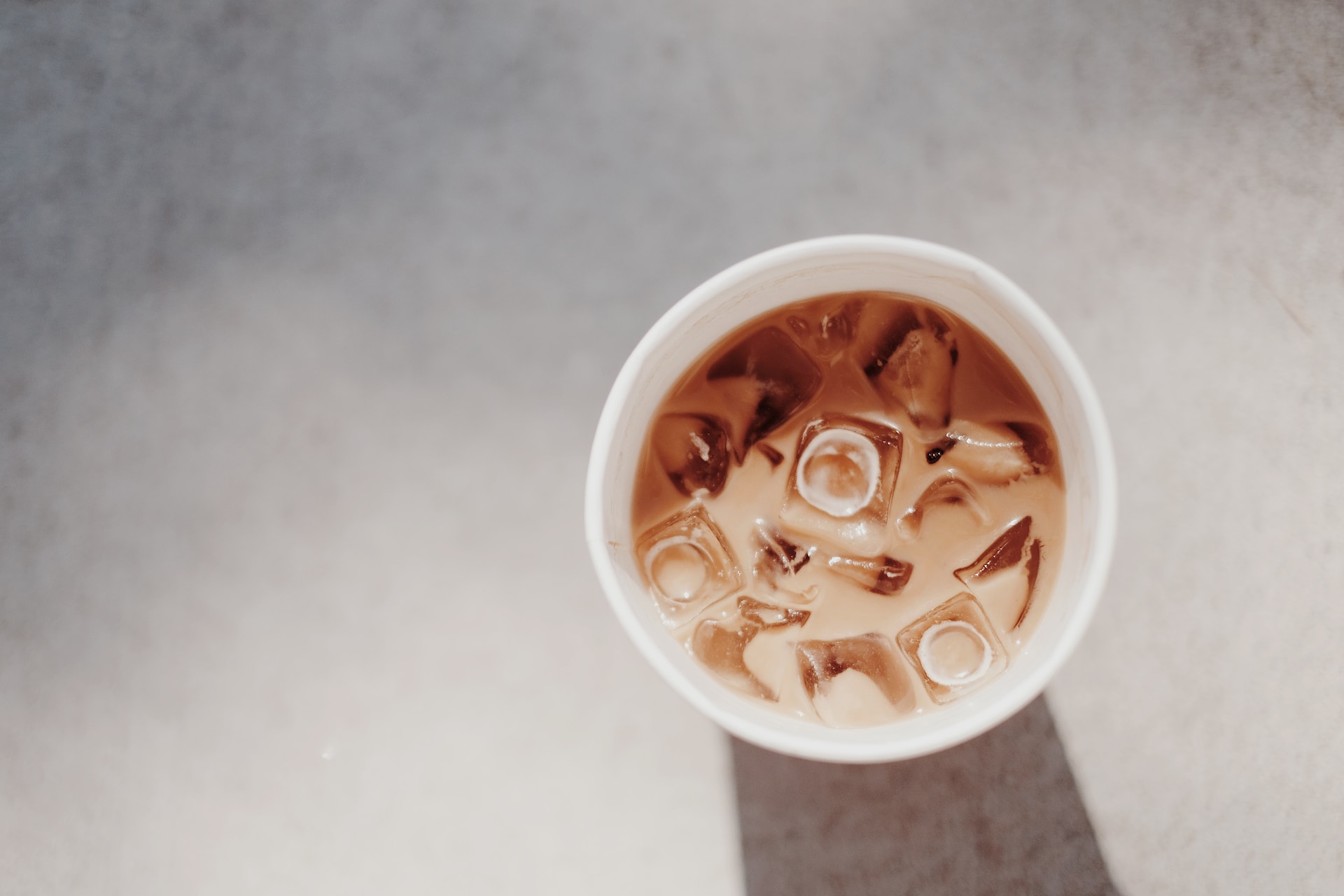Everywhere you turn — from Starbucks to Dunkin’ — lattes are being advertised. Classic, iced, mocha or even seasonal flavors like the pumpkin spice latte showcase this delicious espresso drink in endless varieties. Yet, in its basic form, a latte is a delicious classic crafted espresso drink that never goes out of style. While many of us enjoy ordering our favorite lattes, few stop to appreciate what ingredients make up this drink and how the unique art of crafting one plays into the final result. Before you order your next latte, we’ll answer all of your “what is a latte” questions and explore the creation process. Whether you make lattes at home or order them while on the go, you’ll soon have a newfound appreciation for this beloved espresso drink.
What is a latte?

Called a latte here in the U.S., this drink originated in Italy as the caffé latte. Made with espresso and steamed milk, a latte requires only two ingredients in its basic form. Of course, modern adaptations of the drink, such as a Pistachio Latte, require additional flavorings and ingredients. Part of what makes a latte unique is the ratio between steamed milk and espresso. In most standard lattes, a 1:3 ratio is used, meaning one part espresso is used to three parts steamed milk. However, the ratio between steamed milk and espresso can vary depending on the size of the latte and who makes it.
Since far more steamed milk than espresso is used in a latte, the end product is a heavily creamy espresso beverage. This makes it a much creamier option when compared to other coffee shop favorites such as the cappuccino. A cappuccino is stronger due to the equal parts of espresso and milk used. Although the original latte is a warm coffee drink, many people enjoy iced lattes today as a cold coffee option. If you love a creamy and indulgent coffee drink, the latte might just become your go-to order.
Crafting a latte

When you order a latte at a coffee shop, do you know what really happens behind the scenes? Crafting a latte can look different depending on the Barista, but it generally starts with brewing fresh espresso. A standard “medium” latte (or Grande at Starbucks) contains two shots of espresso, but the number of shots used may be adjusted with larger or smaller size orders.
After the espresso has been brewed, the milk must be steamed. Steaming the milk is perhaps the most essential step in the process, which differentiates a latte from a simple espresso with added cream. From here, steamed milk is poured on top of the espresso. Steaming the milk creates tiny microbubbles, resulting in an ultra-smooth and creamy taste. That’s all there is to it! Making an iced latte follows a similar process, made by pouring milk over espresso and ice. However, the cold nature of this drink means that the milk does not need to be steamed first.
Milk and sugar options for lattes

Most commonly, whole milk is used to create lattes because it has the right blend of proteins, fats, and naturally occurring sugar to make the perfect latte. The naturally-occurring sugar in milk gives lattes a light sweetness but it does not have any added sugar. If you are accustomed to sweetened or flavored coffee drinks, you might prefer sweetened lattes. Many coffee shops offer optional add-on flavor shots, such as vanilla or mocha, which can give your latte a boost of sweetness. Of course, you can always add sugar packets or natural sugar substitutes like Stevia to add sweetness without adding additional calories.
Although a standard latte is usually made with whole milk, today’s customizable coffee shop options allow you to order a variety of different types of lattes using alternative milk choices. Using 2% milk is a good lower-fat option for a slightly less creamy latte if you find whole milk to be too heavy. Skim milk can also be used, although the lack of fat may lead to a latte that is not creamy enough. If you cannot tolerate dairy in your latte or prefer a plant-based option, you also have a variety of options to substitute milk and still enjoy a delicious latte. Coconut milk, almond milk, oat milk, and soy milk can be used to recreate a latte without the use of dairy.
If trying to avoid consuming too many carbohydrates or sugars (such as on a keto diet), heavy whipping cream, light cream, or half-and-half can also be used to create a creamy latte with less sugar. However, be mindful of how fast the calories and fat can add up to these highly-caloric cream options.
Enjoying your latte

A latte is a drink that is made to be enjoyed, offering tons of ways to customize it to your unique preferences. Next time you take that first sip of a latte — give it a little extra appreciation. It’s that good.




